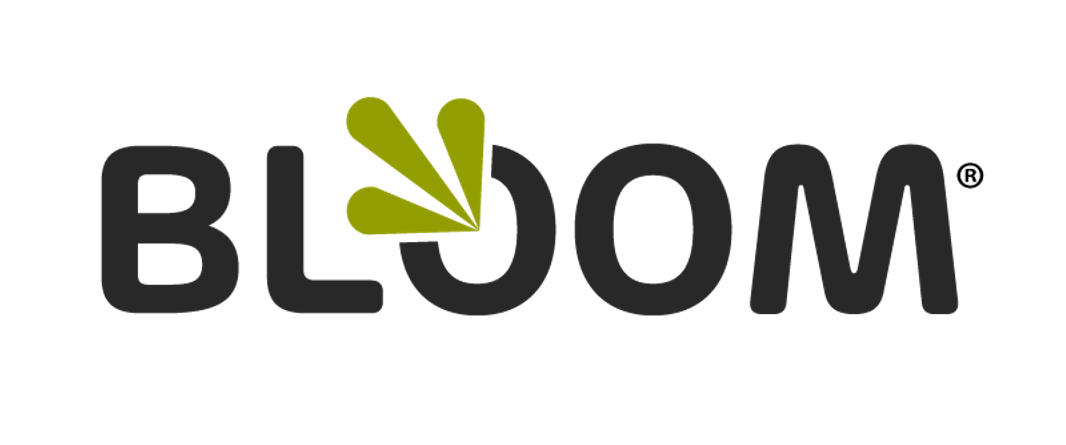How Simple Can Performance Reviews Be?
I am a fan of this approach, but before I say more about that let’s cover a couple of definitions:
Key Results Areas (KRAs) are very specific areas of focus designed for a role. In addition, there are very specific measures assigned to each KRA. For example, if a salesperson is responsible for growing the revenue of a product line 10% per year, the objective is quite clear and specific. If Role Descriptions are created correctly, the KRAs can be a very comprehensive and effective roadmap for success. Rating this as a primary focus within a quarterly or bi-annual review should be very meaningful and effective.
Developmental Goals are focus areas for skills training, attitude, and better utilization of talents. I believe if employees are not growing in their positions, then they are likely ineffective and unhappy. As a manager you cannot motivate employees. Either they are motivated or not motivated by the definition of their role. While still achieving organizational objectives, you can certainly change their role if they are not satisfied. However, until you see that they are not achieving their own three to four Developmental Goals you will not be able to measure their motivation and their ability learn and succeed within a position.
Why Measuring Only KRAs and Developmental Goals Can Be Effective
It boils down to four reasons.
Measuring too many general areas of performance confuses employees because it dilutes the focus areas that are really important for achieving success within a role. This forces management to be very knowledgeable and clear about their expectations for each role in an organization, which I believe is more effective than casting so wide a net of expectations that employees feel overwhelmed and unable to achieve expectations for success.
Focusing on the important 20% can increase productivity and chances for success by 80%. If you are familiar with the Kolbe Wisdom™ assessments that we have used for many years, you know that success is achieved when employees have the freedom to be themselves. As an employer, if you know each job well, then you are able to match the right people to each role. By focusing only on success indicators and development, the employee should be able to take ownership and operate autonomously within their role to achieve results. If not, either the job is misaligned to the employee—which we can measure very scientifically—or the employee simply is not motivated for whatever emotional barriers they choose to create. Being narrowly focused on what matters most will diagnose such performance issues very quickly.
This approach offers very little room for excuses. Either the employee is achieving the bare essentials for success or they aren’t. Performance planning sessions can evolve to be very simple and direct conversations without ambiguous definitions of terms and measures that are frankly mostly meaningless without clear goals for success.
Reviews can take less time and therefore happen more frequently. With this approach, quarterly reviews that take one hour will be more effective than one long review dialog every six to twelve months. Managers will be more open to the process knowing it is simple and to the point. While you may need to train managers on how to have more candid and effective conversations with employees at review time, that is very valuable time spent learning a method (such as T.A.L.K, which we use) that can be used anytime throughout the year.
Share Your Experience
Have you tried this simple approach to performance reviews? What was your experience? How has it transformed your organization?
